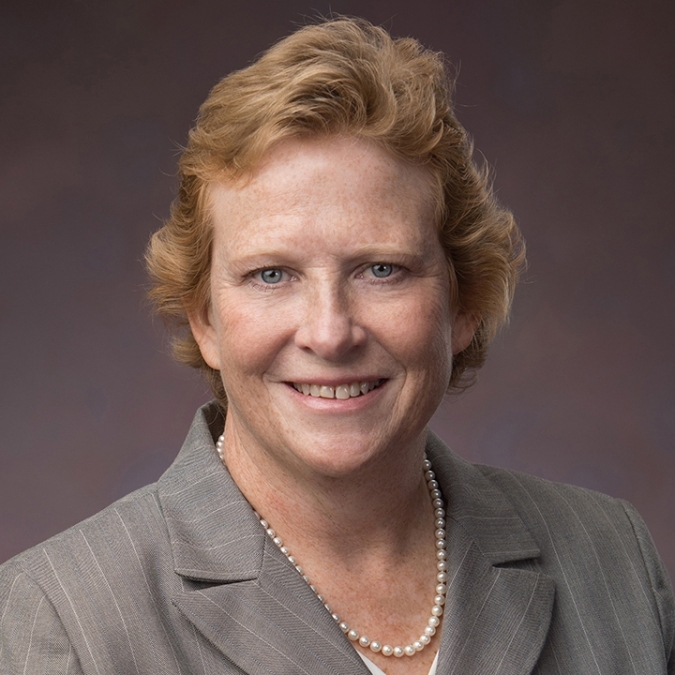Monument Health offers emergency medical care at its five hospitals in western South Dakota. These hospitals treated 71,087 patients in their emergency departments in 2022. Rapid City Hospital has the busiest emergency room in the region, treating more patients each day than any other hospital in a three-state region. Stephen Dick, M.D., has spent over 30 years working in Emergency Medicine, and shared his experience answering some common questions about the emergency room.
What is emergency medicine?
Emergency medicine is the medical specialty in which physicians are equipped to handle any emergency for any patient at any time. It sounds simple, but in practice it’s immeasurably complicated. Emergency physicians are specialists who care for a wide range of injuries and illnesses, from minor to critical — and just as importantly, they have the ability to diagnose what seems minor but is actually a major problem.
When should someone seek emergency medical care?
The reality is, whenever someone is experiencing life- or limb-threatening issues or severe pain or distress, that is when you should seek emergency medical care. Typically these are new, non-chronic or sudden issues. However, in practice it’s difficult to define what is and isn’t an emergency — when patients believe they have a medical concern that needs timely attention, that’s when they should visit the nearest emergency room.
While it might be better for continuity of care if an individual saw their primary care provider for most issues, research has shown that four out of five people who called their family doctor about a sudden medical issue got the same advice, “Go to the ER.”
Stephen Dick, M.D., FACEP, has been recognized for 30 years of Emergency Medicine Board Certification by the American Board of Emergency Medicine (ABEM). He is an Emergency Medicine Physician at Monument Health Rapid City Hospital and has previously served on the Monument Health Board of Directors and as the Director of the Emergency Department.
For his initial certification, Dr. Dick completed medical school and specialized training in emergency medicine. This was followed by completion of an examination that covers the breadth of emergency medicine.
Board certification is a voluntary process and reflects a dedication to the specialty. Dr. Dick actively participates in a program of continuous learning to maintain his certification. The ABEM continuing certification process helps board- certified physicians stay up to date on current medical research and provides opportunities for practice improvement.
Are there problems that don’t warrant a visit to the ER?
Simply put, yes. However, emergency medicine is anything but simple. For many people who do not have access to primary care or preventative medicine, the emergency room is often the only place to safely receive care.
With that in mind, for patients with chronic problems who do not have acute changes and are being monitored or treated by another provider, it is usually best to communicate with the specific provider who is familiar with your case before coming to the ER. Those who are seeking specific tests, labs, CTs or MRIs, should schedule those through their provider or specialist. When a person comes to the ER, even if told to come by another provider, they will see an emergency provider who will determine what tests are necessary to complete on an emergent basis. Many tests can and should be scheduled on an outpatient basis by primary care providers.
What are some of your most rewarding memories?
There certainly have been life-saving wins and emotional “thank-yous.” I’d have to say there is a daily reward when reflecting on the fact that what we do in emergency medicine matters. The “we” is also a rewarding memory in that many of those who have chosen to be part of the ER team have been an amazing extended family as we lean on one another in trust and understanding.
Although the emergency room is always there when you need it, it’s not right for every situation. For an illness or injury that isn’t a threat to life or limb, consider a visit to urgent care.
What are some of your most surprising cases/memories?
There are too many to even consider. I have had a 30-year career in emergency medicine in which I have seen several thousand patients. Having seen so much, the one that sticks with me would not be appropriate for public comment. The worst of the worst are the cases I most remember.
It’s worth noting that for most of those presenting to the ER, they are not having a good day. For many, it’s the worst day of their lives, and I have now become a permanent memory of that day. Over the years, I have gained self-awareness of this fact and have tried to be a positive in their experience — as much as one can be in these grave situations.
What changes do you see coming to emergency departments in the future?
Over three decades I have seen huge advancement in technology, changes and challenges to operational efficiency, 180 degree changes in management standards, medication usage and many new medications and interventions to heal.
As I see it, emergency medicine’s current primary challenge is the high rate of burnout — the highest of any medical specialty. As word has gotten out of the challenges of our profession, amplified by COVID-19, there has been a significant decrease in young physicians choosing to pursue emergency medicine. Until recently, it was one of the more sought after specialties, making it very competitive.
Locally, I believe we are going to continue to see our trend of getting busier as our community grows and access to care becomes more challenging for people. It is causing us to really look at our processes and be creative with how we handle the increased volume and acuity of people needing our services.
Photos by Bob Slocum

.jpg)


